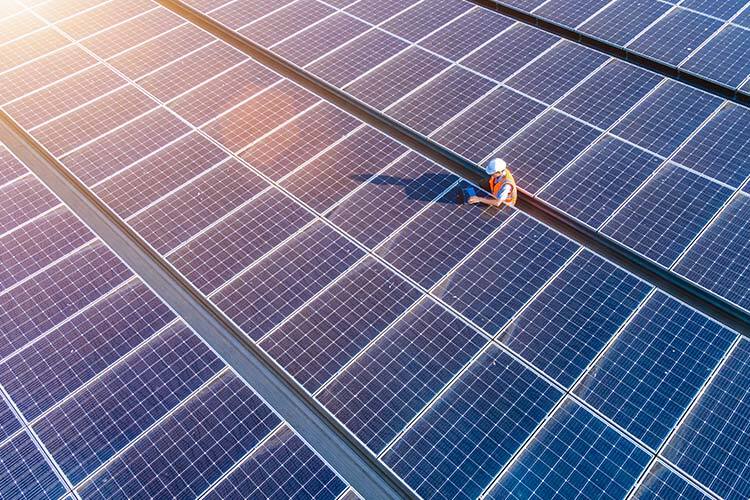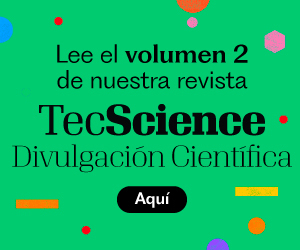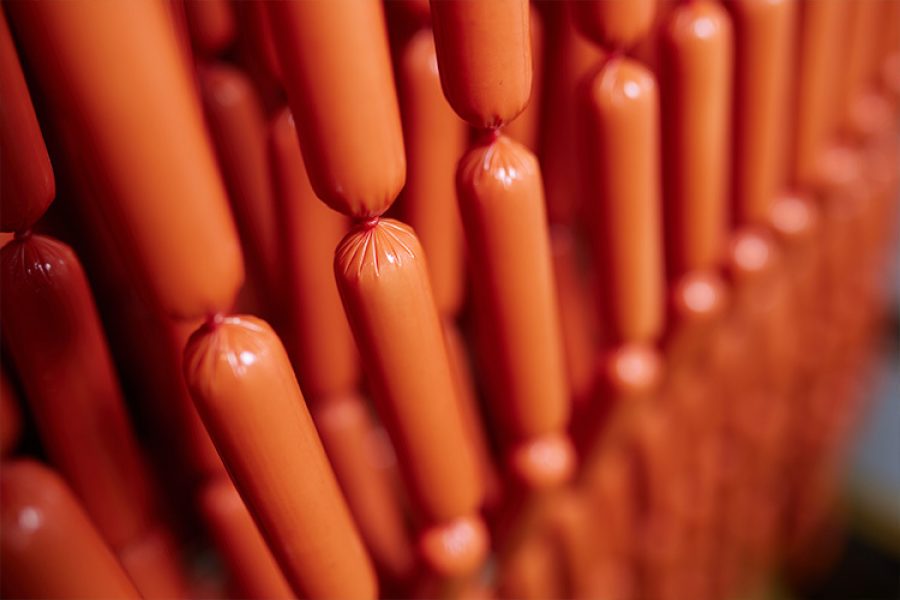Solar panels offer a low-cost alternative for generating energy at home, but could these photovoltaic technologies become even more efficient? These devices convert sunlight into electricity using semiconductor materials, but their performance is capped at around 33%. In other words, only about a third of solar radiation is actually converted into usable electricity.
To address this limitation, researchers from Tecnológico de Monterrey and the Massachusetts Institute of Technology (MIT) have teamed up in a scientific collaboration to explore new materials that could help these technologies break through that efficiency barrier.
Currently, the photovoltaic industry relies on semiconductors like perovskite, silicon, cadmium telluride, and germanium-based compounds. These materials are favored for their ideal optical properties and, in some cases, because they are abundant and low-cost, explains Carolina Orona, a researcher at the Institute of Advanced Materials and Sustainable Manufacturing. However, beyond falling short of peak efficiency, these materials are not particularly stable and, in some cases, may even pose environmental toxicity risks.
Identifying New Materials
Orona, who is also a professor at the School of Engineering and Sciences (EIC) at Tec de Monterrey’s Monterrey campus, took part in a project at MIT’s Multifunctional Metamaterials (META) Research Lab. Working alongside Professor Svetlana Boriskina, she helped characterize new materials—such as those from the chalcogenide family and van der Waals semiconductors—that show promise for improving the efficiency of solar energy technologies.
“Semiconductors are neither fully conductive nor fully insulating. They’re the foundation of devices like LEDs, sensors, lasers, and solar cells. What’s fascinating is that we can manipulate them to exhibit the properties we need,” she explains. “These new, ultra-thin materials offer advantages over conventional ones: they respond to light more quickly, directionally, and sensitively. They also exhibit topologically protected electronic states—meaning electrons can flow steadily even in the presence of defects or impurities.”
She says that her role in the project was to validate the properties—initially identified through theoretical simulations—by making atomic-level modifications to a group of materials with the potential to push photovoltaic device efficiency as high as 50 or even 60%. These materials are classified as two-dimensional because they are only a few atoms thick and are studied using optical microscopy.
Light Interacts Differently
The researcher measured and analyzed how these materials interact with light when subjected to controlled mechanical stress, such as stretching or physical deformation. To carry out these tests, she used advanced optical techniques capable of detecting changes in optical behavior depending on the material’s crystal structure and thickness—methods known as ellipsometry and reflectance spectroscopy.
One of the procedures involved analyzing the angle at which a laser-applied light beam is reflected.
In the experiment, a small solid crystal of the material was transformed into an ultra-thin layer using a process known as mechanical exfoliation. A flake of the crystal is peeled off using adhesive tape; it’s so thin it’s invisible to the naked eye. That microscopic sliver is then placed onto a flat substrate for an initial optical characterization to establish a baseline.
Next, the exfoliation process is repeated, but this time the flake is placed on a silicon wafer embedded with microstructures and lithographically etched pillars that rise just 200 nanometers high—up to 250 times thinner than a human hair. These tiny features physically deform the material, altering its internal symmetry.
Finally, with the material now deformed, the optical techniques are used again—this time to detect any changes in its optical properties when exposed to laser light, caused by the altered internal structure.
Through this analysis, the team confirmed that applying mechanical stress to the 2D material triggers changes in its interaction with light that aren’t present in its unaltered state. “The properties we’re looking for emerge when you create asymmetry; that’s what causes light to interact differently with these materials. These are intriguing optical responses that could be applied to more sensitive sensors, advanced photodetectors, or higher-efficiency solar cells.”
Opening the Door to Lighter, More Efficient Devices
The researcher notes that the next steps will involve studying these new materials further, along with the design and development of microscale devices using the semiconductors already analyzed—this time to measure their ability to generate electrical energy.
What’s most promising is that these materials could function under simpler conditions and in more streamlined designs than current technologies, paving the way for thinner, more efficient, and more functional devices.
“Semiconductors are everywhere, and like many technologies, they need to evolve. We have to keep searching for new material alternatives that will lead us to more efficient and cleaner energy solutions.”
Did you find this story interesting? Would you like to publish it? Contact our content editor to learn more at marianaleonm@tec.mx

















